A Timeline of Every Government Shutdown and How Long It Lasted
Since the mid-1970s, Washington’s budget fights have sometimes brought the federal government to a halt. Some closures slipped by with little impact, while others stretched on and disrupted life across the country. Here’s how each one unfolded.
1976: Gerald Ford’s 11-Day Stumble
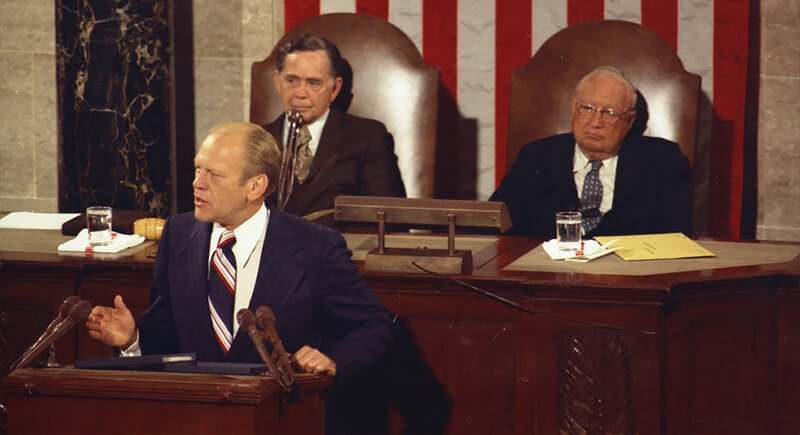
Credit: picryl
The first modern shutdown happened under President Gerald Ford. It lasted 11 days after Congress and the White House couldn’t agree on funding for defense and domestic programs. Ford vetoed several bills and insisted on more defense spending. This marked the start of a new era in which political disagreements translated into government closures.
1977: Jimmy Carter’s First Showdown
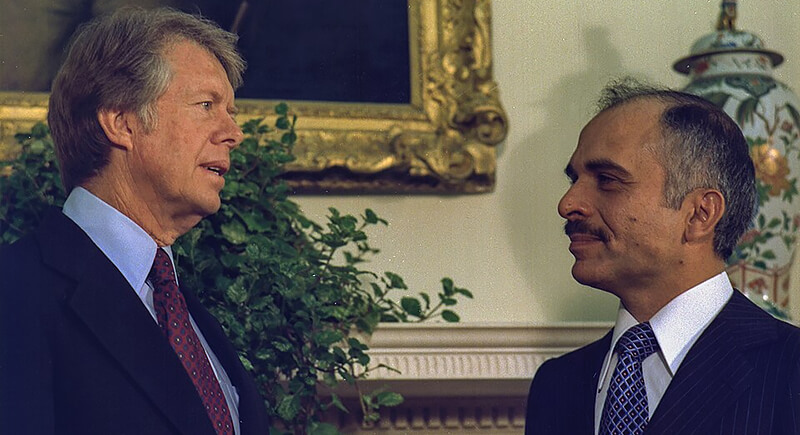
Credit: Wikimedia Commons
President Jimmy Carter faced his first funding crisis when disputes over abortion funding in Medicaid caused a 12-day shutdown. Lawmakers were split on how taxpayer dollars could be used, and the standoff froze federal operations until a compromise was found.
1977: Double Eight-Day Shutdowns
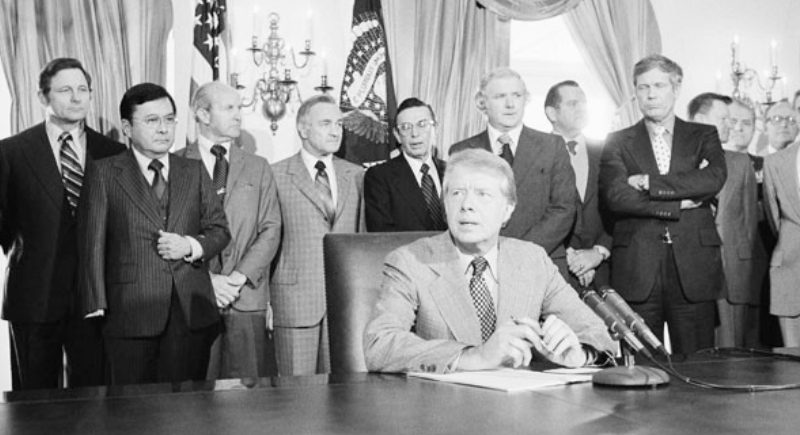
Credit: Wikimedia Commons
Later that year, two more funding gaps hit in quick succession. Both came down to the same argument over abortion limits in Medicaid, a fight that neither side seemed willing to let go. Offices stayed in limbo for more than a week each time, and the back-to-back lapses showed how one issue could hold Washington hostage.
1978: A Seventeen-Day Stalemate
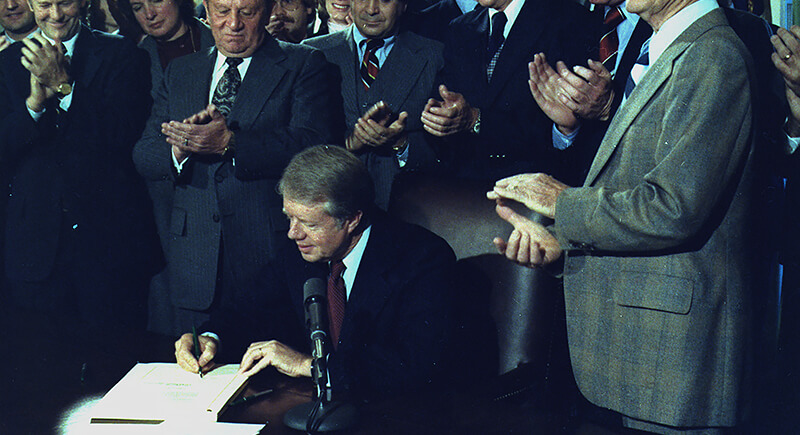
Credit: Wikipedia
What started as another budget fight turned into one of Carter’s longest headaches. For more than two weeks, Congress dug in over spending for public works, welfare, and defense, and no one was willing to bend. By the time the dust settled, Washington had spent 17 days at a standstill, which was a reminder that gridlock didn’t begin in the modern era.
1979: Eleven Days of Deadlock
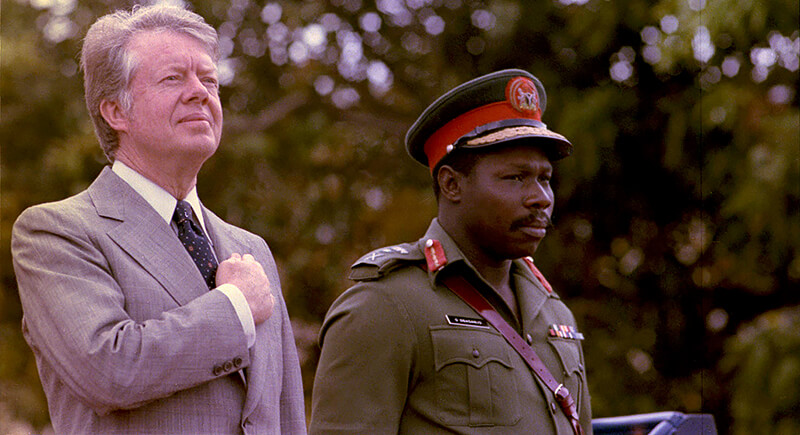
Credit: Wikipedia
Carter’s last shutdown lasted 11 days, this time over funding for public works programs and nuclear-powered aircraft carriers. The drawn-out dispute reflected the friction between Congress and the White House on balancing social spending with military priorities. It capped off a stretch in which shutdowns became a frustratingly familiar feature of his presidency.
1981: Ronald Reagan’s Two-Day Closure
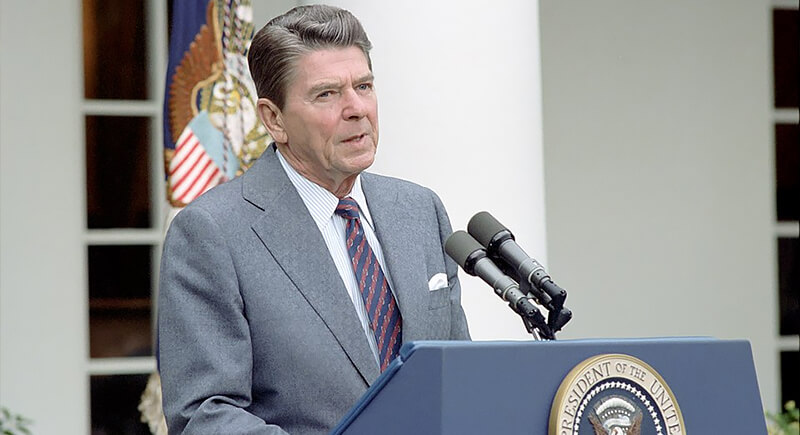
Credit: Wikipedia
Reagan’s first budget clash came early, and it set the tone for his presidency. He wanted deep cuts to domestic spending and a major boost for defense, while Congress refused to give him both. The impasse didn’t last long—just two days—but it showed how far apart the two sides stood and how often that fight would resurface in the years ahead.
1982: One Day, Blink and You Missed It
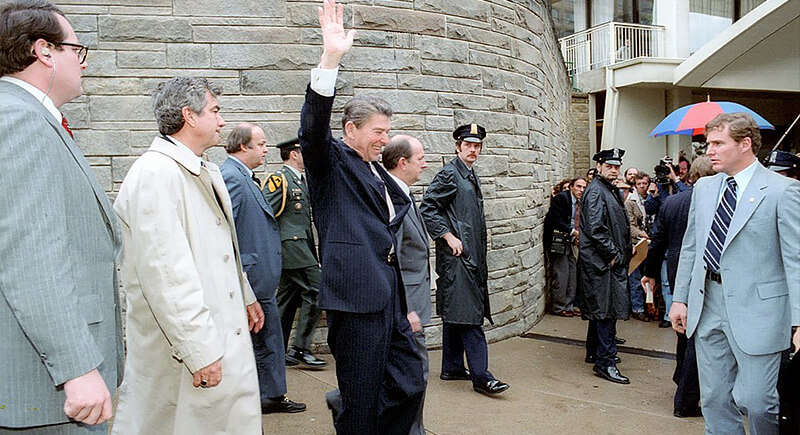
Credit: Wikipedia
Federal offices went quiet for a day as Reagan and Congress argued over defense and domestic spending. The dispute ended quickly, but under new rules from Attorney General Benjamin Civiletti, even short lapses like this now counted as full shutdowns — a sign that budget fights were entering a new era.
1982: Three Days Later That Year
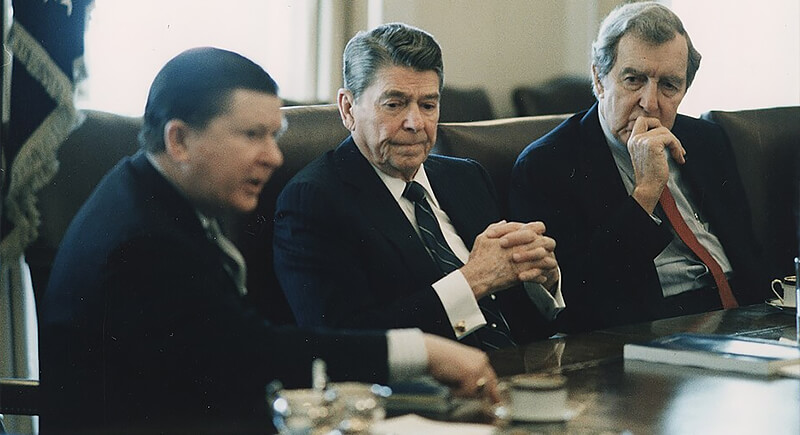
Credit: Wikipedia
Federal workers once again faced furloughs in 1982 when lawmakers clashed over education, environmental spending, and proposed defense cuts. The disagreement dragged on for three days, which showed just how frequently President Ronald Reagan and Congress collided over competing priorities.
1983: Another Three-Day Gap
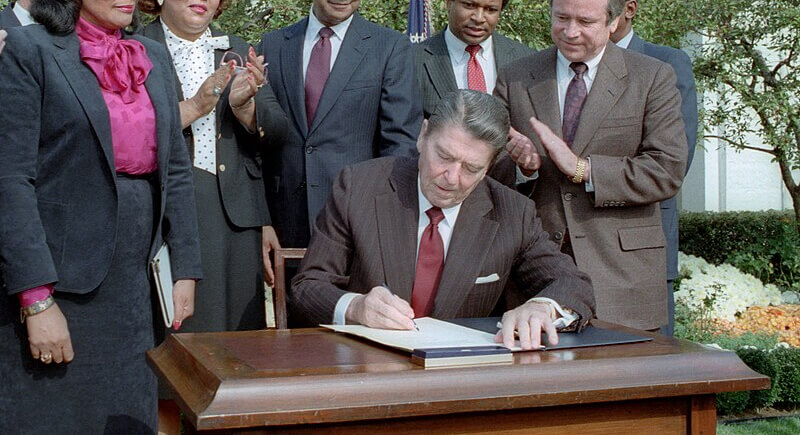
Credit: Wikipedia
By now, shutdowns had become part of Washington’s routine. This one stretched over three days as Reagan pushed for more defense spending and Democrats fought to protect education and social programs. The pause was brief, but it captured the same divide that would define much of the decade.
1984: Two Days Off the Clock
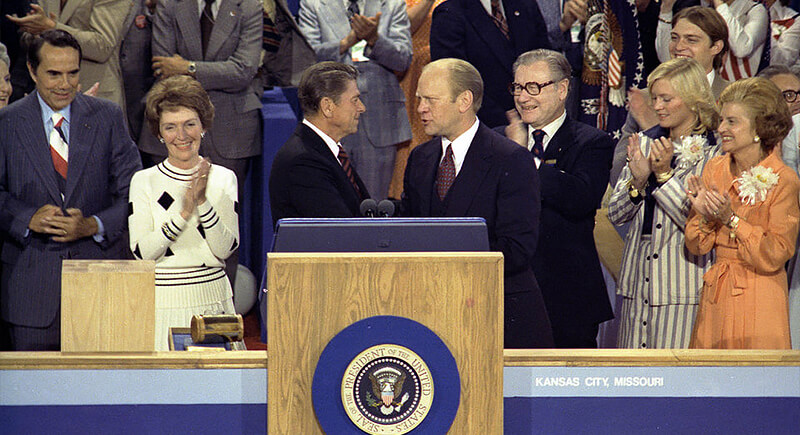
Credit: Wikipedia
Budget talks hit a wall as Reagan clashed with a Democratic-led House over funding for education, civil rights, and public works. For two days, offices stayed quiet while both sides refused to give ground. It was a short shutdown but another sign of how routine these standoffs had become under Reagan’s watch.
1984: The One-Day Encore
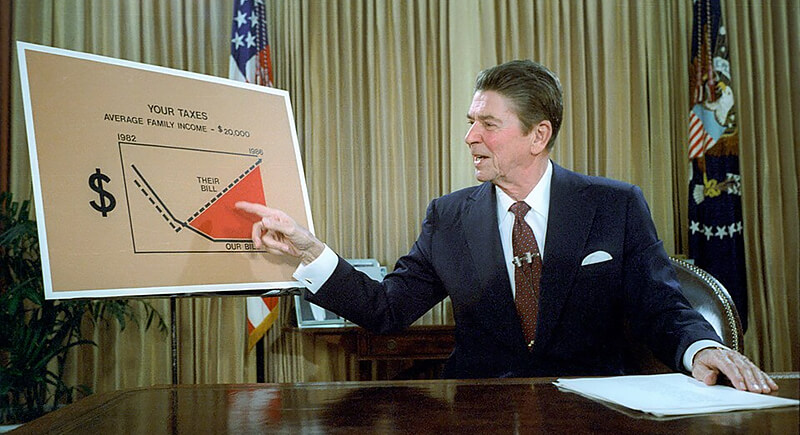
Credit: Wikipedia
Later in 1984, Washington saw yet another shutdown, this one lasting just a single day. The reason? Once again, disputes over social spending and defense. Reagan remained committed to shrinking domestic expenditures, while Democrats tried to shield federal programs. This back-and-forth pattern defined much of the 1980s shutdown history, with quick closures popping up like unwelcome surprises.
1986: The One-Day Pause
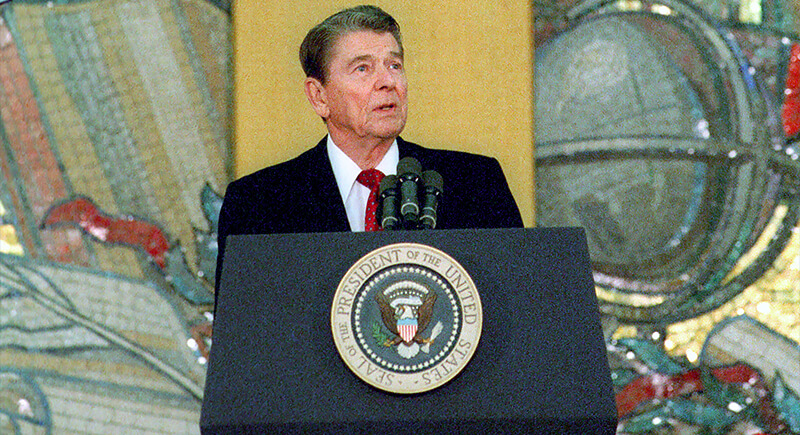
Credit: Wikipedia
In 1986, Congress and Reagan faced off over aid to the Contras in Nicaragua and welfare spending, which sparked another one-day shutdown. It didn’t last long, but it illustrated how foreign policy could intertwine with domestic budgeting. Even a brief lapse created uncertainty for federal workers and underscored how contentious policy battles spilled over into the funding process.
1987: Another One-Day Break
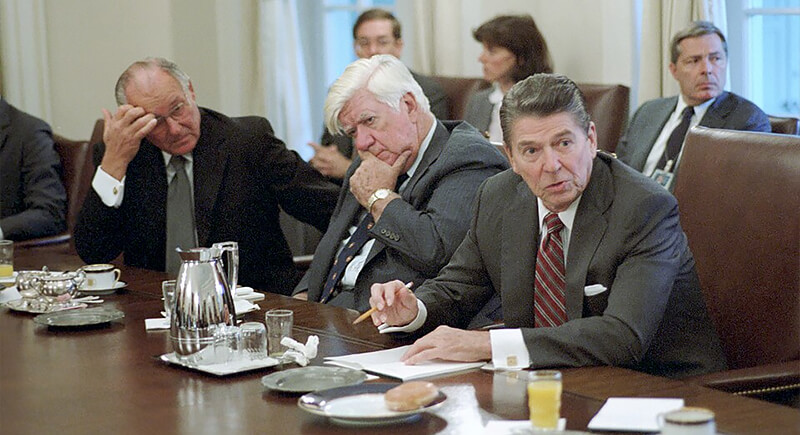
Credit: Wikipedia
In 1987, Reagan and Congress clashed over how to cut the swelling federal deficit. Lawmakers argued about whether to rein in defense spending or trim domestic programs, and the fight closed the government for a single day. The brief shutdown didn’t shake the country, but it added to the decade’s growing list of budget showdowns that disrupted Washington’s routine.
1990: George H.W. Bush’s Four-Day Stretch
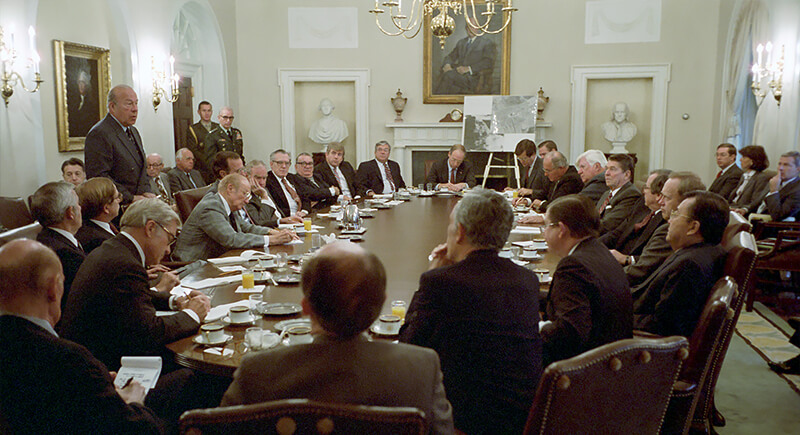
Credit: Wikipedia
President George H.W. Bush faced a four-day shutdown in 1990. This time, the argument was about taxes and deficit reduction. Bush had famously pledged “no new taxes,” but mounting budget pressures forced him to consider breaking that promise. The shutdown ended with a compromise, but the political fallout hurt Bush with conservatives and played a role in his 1992 election defeat.
1995: Bill Clinton’s Five-Day Shutdown
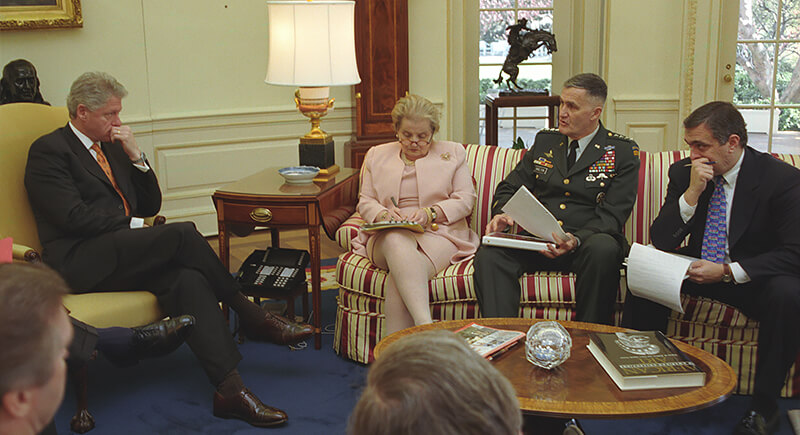
Credit: Wikipedia
The first of two shutdowns under Bill Clinton began in November 1995, lasting five days. Republicans, led by House Speaker Newt Gingrich, demanded deep cuts to social programs. Clinton stood firm against slashing Medicare and education. Though short, the closure set the stage for a much longer battle soon after. Polls showed Americans blamed Republicans more for the gridlock.
1995-1996: The 21-Day Marathon
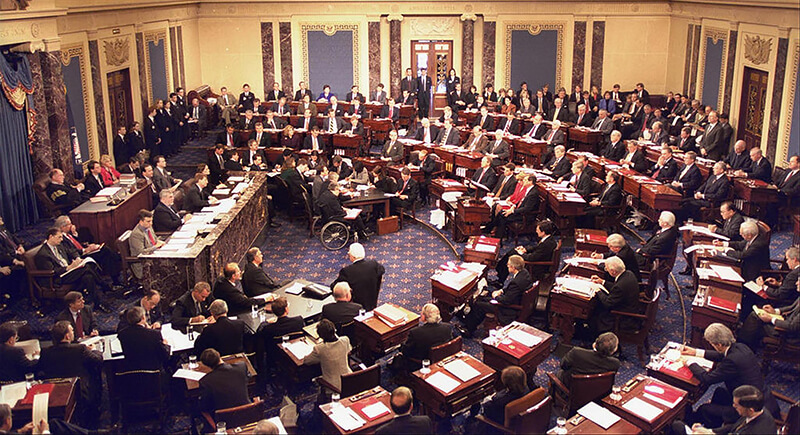
Credit: Wikipedia
The second Clinton shutdown stretched from December 1995 into January 1996, totaling 21 days. This showdown, at the time the longest in history, was fueled by disagreements between Clinton and the Republican-controlled Congress over balancing the budget. The closure ended only after Republicans, facing mounting public criticism, relented and accepted Clinton’s proposal. It became a defining political clash of the 1990s.
2013: Barack Obama’s 17-Day Closure
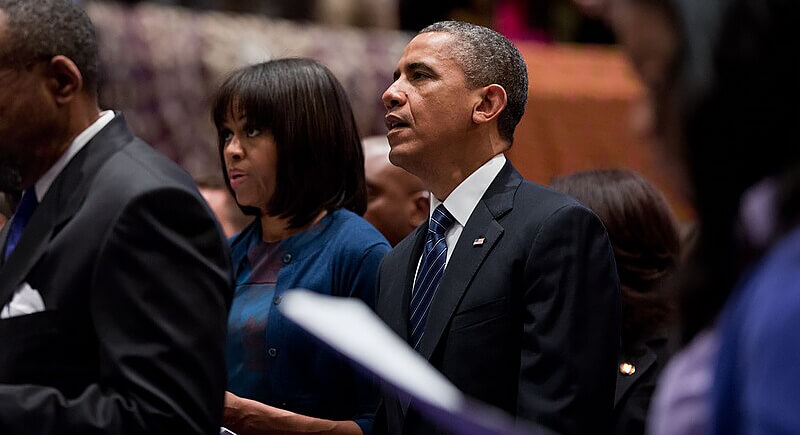
Credit: Wikipedia
Fast forward nearly two decades: President Barack Obama faced a 17-day shutdown in 2013. The Republican-led House refused to pass a funding bill that included money for the Affordable Care Act, better known as Obamacare. The standoff ended after bipartisan negotiations in the Senate. Economists later estimated it cost the U.S. economy billions in lost productivity and wages.
2018: Donald Trump’s Weekend Shutdown
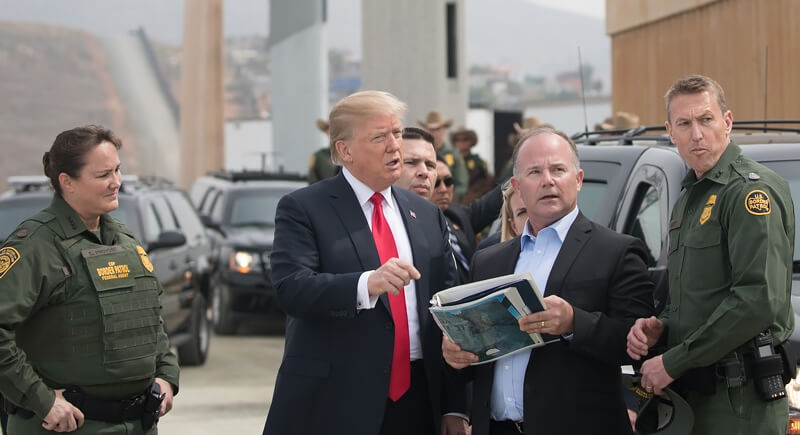
Credit: Wikipedia
The government went dark for three days in January after talks over DACA protections for young undocumented immigrants broke down. Congress missed the funding deadline, leaving federal offices closed through the weekend. By Monday, a short-term deal reopened everything, but the brief lapse set the stage for bigger fights later in Trump’s presidency.
2018-2019: The Record-Breaking 35 Days
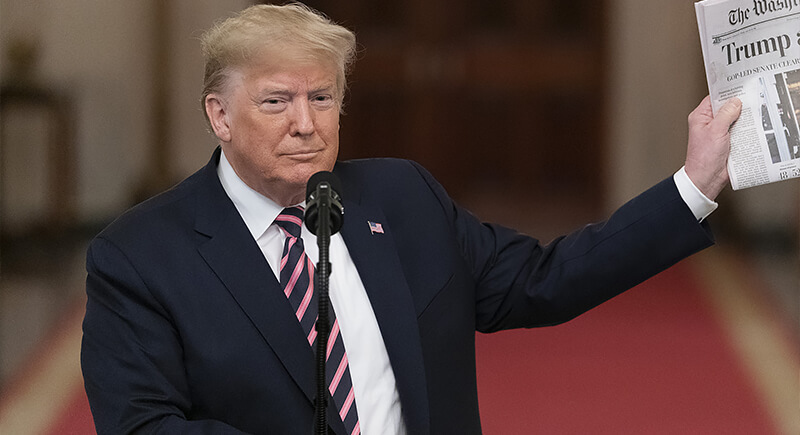
Credit: Wikipedia
The longest shutdown in U.S. history stretched from December 22, 2018, to January 25, 2019. Trump demanded $5 billion for a wall on the U.S.-Mexico border, a request Democrats rejected. The standoff left hundreds of thousands of federal workers unpaid and created major disruptions, from airport delays to halted government services. It cost the economy an estimated $3 billion in lost GDP.
2025: Back to Square One
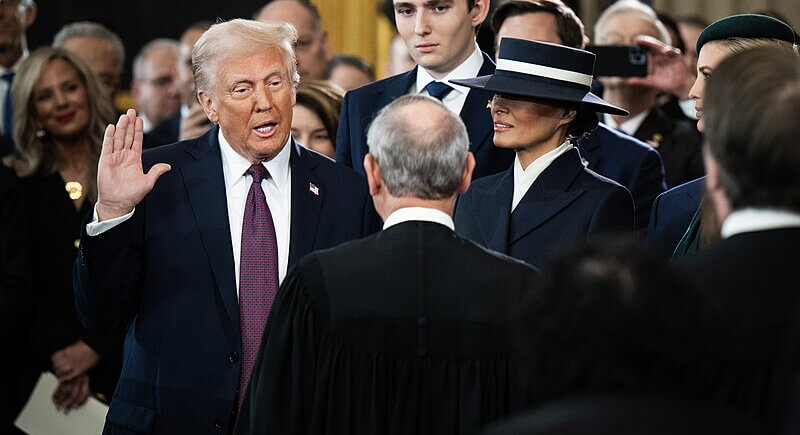
Credit: Wikipedia
Just after midnight on October 1, Washington slipped into its first shutdown since 2019. Lawmakers missed the deadline for a new spending bill, halting much of the federal government. Roughly 800,000 employees were sent home, while another 700,000 kept working without pay. Medicare, air traffic control, and other essential services stayed open, but the ripple effects hit parks, research, and public programs within days.